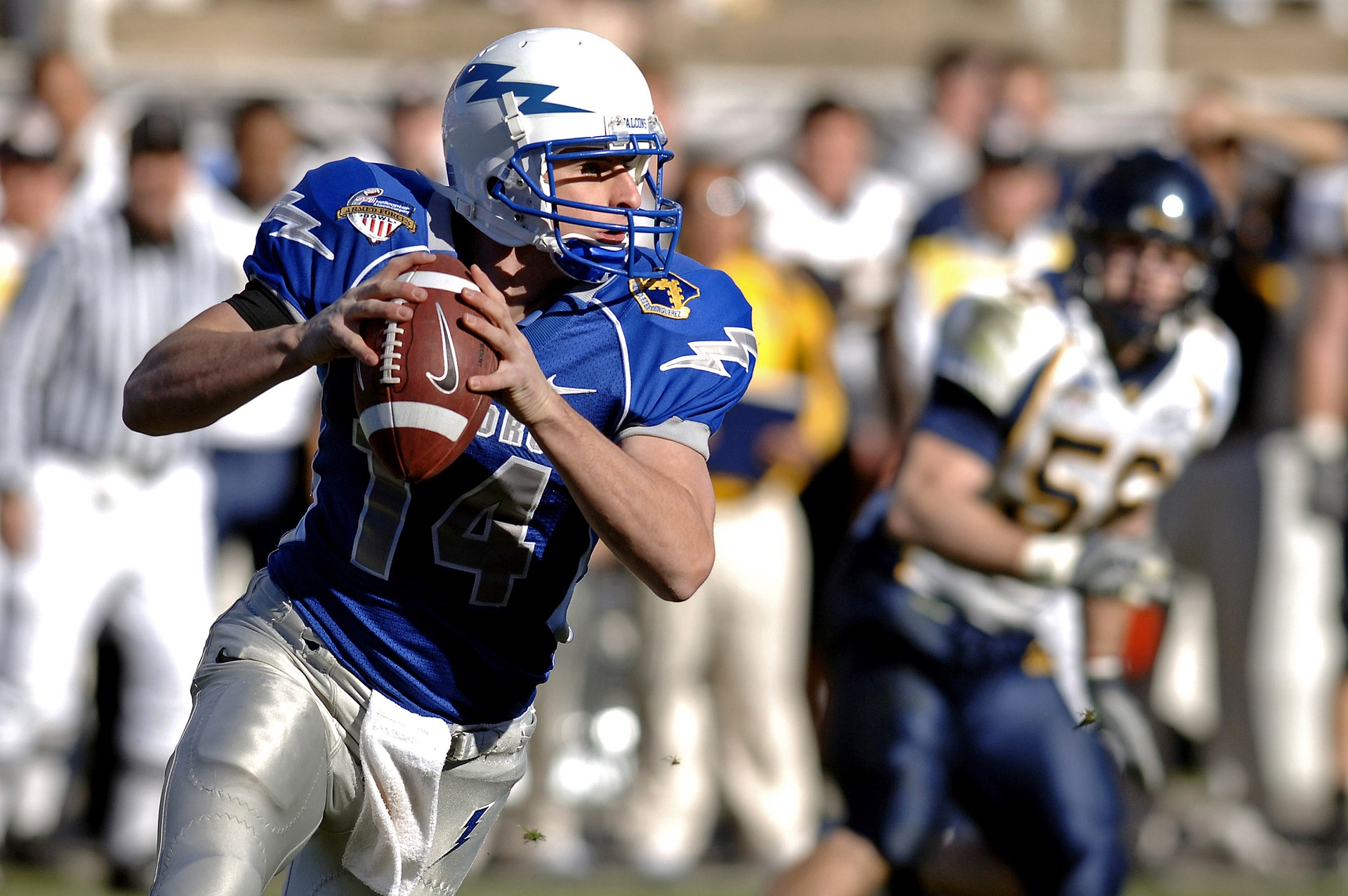From Pitch to Powerhouse: The Intricate Dynamics of Baseball's Fastball
Baseball is a game of strategy and finesse, where every move and decision can have a significant impact on the outcome of a match. But beyond the strategies and techniques, there's one element that often steals the show—the fastball. Renowned for its speed and power, the fastball has become a cornerstone of baseball, a testament to the sport's evolution and the athletes' increasing capabilities. This article will delve into the fascinating world of the fastball, exploring its historical roots, current trends, and the science that underpins this remarkable pitch.

A Quick Pitch: The Fastball’s Historical Roots
Baseball’s fastball has its roots firmly planted in the sport’s early days. In the 19th century, pitchers primarily threw underhand, focusing more on accuracy than speed. But as the game evolved, so did the pitching techniques. Overhand pitching was introduced, and with it came the birth of the fastball, forever altering the dynamics and competitive nature of the sport. This powerful pitch, driven by the pitcher’s speed and strength, soon became a staple, with legendary players like Walter Johnson and Sandy Koufax becoming synonymous with the fastball.
The Speed of the Game: Current Trends in Fastball
As baseball became more competitive, the fastball’s importance grew. Today, it remains one of the most commonly used pitches in baseball, with top pitchers often reaching speeds over 100 miles per hour. The emphasis on speed has become so paramount that many teams now focus their training and recruitment efforts on finding and developing pitchers who can throw the fastest fastballs. But it’s not just about speed; accuracy, consistency, and the ability to deceive the batter are equally important, adding another layer of complexity to this powerful pitch.
The Science Behind the Speed: Understanding the Fastball
The fastball’s speed and power are not just the result of a pitcher’s strength and technique. There’s a scientific explanation behind it. The pitch’s speed is a result of a complex combination of biomechanics, including the pitcher’s arm speed, the angle of release, and the spin of the ball. Additionally, factors such as the ball’s aerodynamics and the environmental conditions can affect the pitch’s path and speed. Understanding these factors can help pitchers enhance their fastballs, making the pitch even more effective and difficult to hit.
Benefits and Challenges: Mastering the Fastball
The fastball offers several benefits to a pitcher. First, its speed makes it difficult for batters to hit, giving the pitcher a significant advantage. Second, it can be used to set up other pitches, making the pitcher’s arsenal more unpredictable and effective. However, mastering the fastball is not without its challenges. It requires exceptional strength, speed, and precision, and consistent practice is needed to maintain and improve these skills. Moreover, the emphasis on speed can lead to injuries, particularly to the arm and shoulder, highlighting the need for proper training and conditioning.
The Fastball in Action: Real-World Applications
In the real world, the fastball continues to dominate baseball. From Major League Baseball to college leagues, it remains an essential pitch, with top players often known for their fastballs. However, it’s not just about throwing the fastest pitch; it’s also about knowing when and how to use the fastball effectively. Understanding the batter’s strengths and weaknesses, the game situation, and the pitcher’s own capabilities are all critical in making the most of the fastball.
Baseball’s fastball is a powerful testament to the sport’s evolution and the athletes’ increasing capabilities. Its speed and power have captivated audiences and challenged players for more than a century, and it continues to shape the game today. As we continue to explore and understand the science behind this remarkable pitch, we can expect the fastball to remain a cornerstone of baseball, pushing the boundaries of what’s possible on the pitch.




